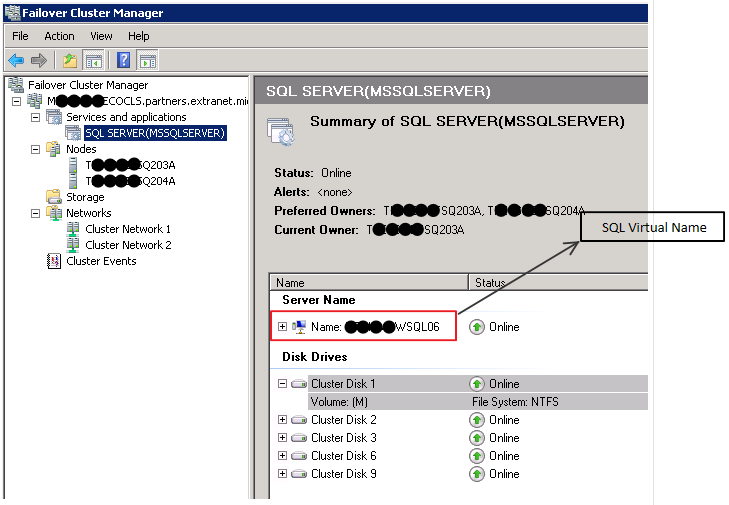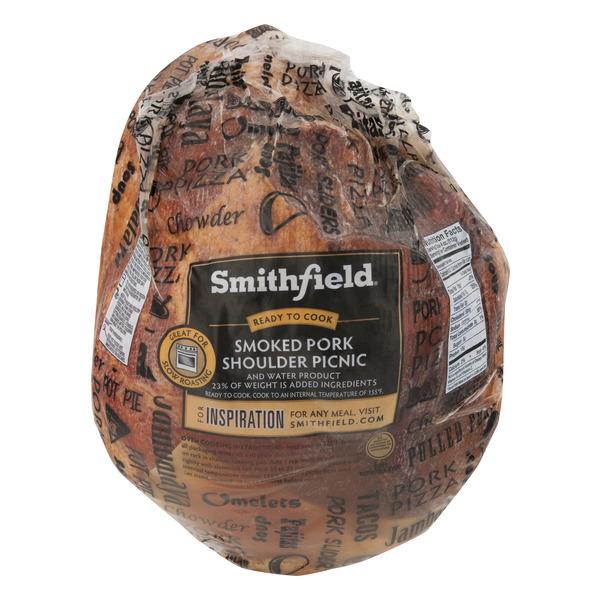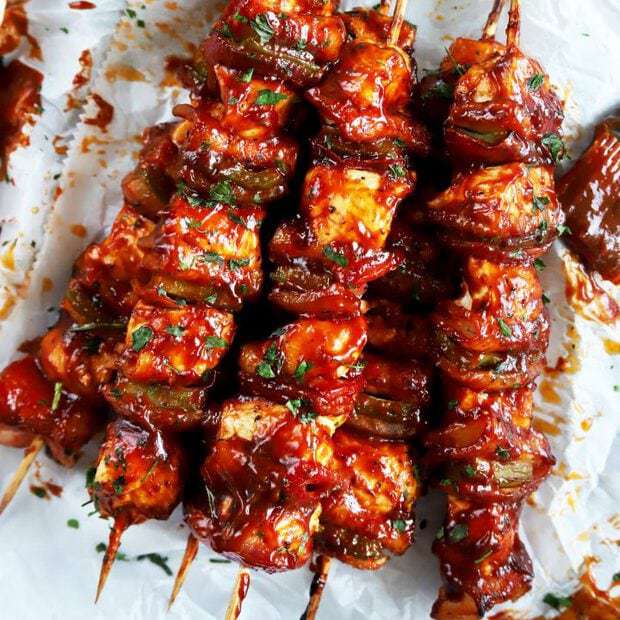
You can heat your food by cooking it over coals. The heat produced by a charcoal grill with large open vents will be higher. Your flames should be high to ensure that enough oxygen is flowing through. If the flames are too low, it means that there is not enough oxygen. If your food is burning quickly, you should close the vents. The higher the flames, higher the heat. If the flames appear too low, it is because you are using too much charcoal.
Ventilation
You may have encountered an intake vent when cooking on a charcoal barbecue. This device provides oxygen to the combustibles. This is where the grill gets its "fuel". The vents are more open, which means more oxygen can get into the grill, and thus raise the temperature. You can control the oxygen rate by controlling the temperature.
The charcoal grill's intake vent can be used to regulate the temperature. Near the vent, look for two arrows. The vent is considered open if the arrows point towards half-open. The top lid contains the oxygen and exhaust dampers. The top lid can be opened and closed to control the heat and intensity. Also, the larger the vent, the hotter the fire will get.
The vents on the charcoal grill should be opened as much as possible. Leaving the vents open can result in hotter and faster burning charcoal. Shutting the vents can lower the internal temperature and reduce smoke. The top vent should be closed and the bottom one should be open. If you are noticing too much smoke, close the bottom vent. You can always close the bottom vent completely or halfway if it doesn’t.
The outtake ventilation is another component you need to think about. The outtake valve pulls oxygen from your air. Charcoal/wood fires produce gases, and if not vented properly, they will smother the fire. Hence, it's best to adjust the intake vent before cooking to determine the right temperature. For beginners, you can start at the intake vent and work up.
Exhaust vent
The exhaust vent of a charcoal grill regulates the amount air allowed to enter the cooking area. When the vent is partially or fully open, more oxygen will enter the cooking area, which will result in a hotter fire. If the vent is closed, however, less oxygen will enter the cooking area, which will starve the fire of oxygen and lead to a smaller flame. The exhaust vent must be controlled by many factors.
The exhaust vent on a charcoal grill is designed to equalize the oxygen in the bottom chamber and the amount in the top chamber. The key to cooking the perfect hamburger is having control over these two fuels. Charcoal grill exhaust ventilators, sometimes called dampers or chimneys, allow for direct temperature control. Properly using the vent will improve the flavor and maintain the tenderness of your food.
The exhaust vent of a charcoal grill should be the most important. You should heat the charcoal directly on the coals to extract the maximum heat. If you prefer to control the temperature of your food, however, the 2-zone method is a good option. The 2-zone method allows for food to be moved around by being cooked in sections. The top vent can be opened to regulate the flame if you don't have the time to move the food around.
The intake damper is the second component of a charcoal grill exhaust pipe. This vent is located in the bottom of the charcoal grill. Charcoal and wood require oxygen to burn, and opening it reduces the amount of oxygen needed. The intake damper can be found on the bottom or side of the grill. The fire can heat up if the vent is open. This makes the fire more hot and allows you cook more food with less effort.
Do not take

Charcoal grills work by allowing air into the grill through an intake vent. Oxygen enters the grill as heat rises. An effective charcoal grill intake damper allows air to flow into the grill. The intake damper should be kept open to let more oxygen enter the grill. A closed vent would restrict the flow of oxygen. Too much air can lead to coals getting too hot, which can result in food being burned. In contrast, a closed damper will cause the coals to die.
Vents and dampers are often called intake and exhaust vents, but these are the same thing. An intake damper can found at the bottom of a charcoal-grill, while an exhale vent is found at the top. The exhaust and intake ports on charcoal grills are set up to draw oxygen as fuel. To ensure the proper temperature of your food, keep them open. When the charcoal grill is hot, it will produce more smoke than it can handle.
The temperature can also be adjusted by the charcoal grill intake damer. The vents are more open, which allows more oxygen to enter. Grills that have less air will be cooler. There are usually two dampers for charcoal grills. One on the lid and one at the bottom. The damper affects the temperature of charcoal grills, so make sure to leave it open for the best smoke flavor. Adjusting the intake damper on a charcoal grill can take 10-20 minutes to settle.
The charcoal grill intake damper prevents the fire spreading beyond control. Without a lid, charcoal can be volatile and will burn to ashes. It is easiest to light a charcoal barbecue by closing the vents. These prevent drafts, keep the fire from burning, and maintain a controlled temperature. This is also called a "fire triangle", and it is used to control the temperature of the grill.
Clean the grill grates when they are still warm
It is much easier to clean grates on a grill while they are warm than to use chemicals or other metal tools. You will need to soak your grates in a solution consisting of one cup of vinegar and one-half cup of baking soda. Allow the mixture to sit for about an hour and then scrub the grates thoroughly with a steel wool or a scouring pad. This method is safer than chemical solutions and works better.
Clean your grill grates after each cooking session. Using a high-quality stainless steel brush, scrape off any food that has browned on the grill grates. To remove any food that has been burned, you can either use a separate scraper OR the built in scraper. You can remove the bristles from your brush if they become loose. After cleaning the grates you can rinse them well and dry them.
Cast-iron grates should be washed with soap and water. Grates with a buildup of grease can cause them to lose their nonstick properties. To keep your grates looking fresh, you must thoroughly clean them. You should wash porcelain grill grates with soapy water. Vegetable oil can be used instead of a chemical cleaning solution to avoid rusting.
Aluminum foil can also be used for cleaning the grill grates. Use tongs to remove the aluminum foil from the grill grates. With a brush, remove any food particles stuck to the grill grates. Before wiping down the grill, let it cool off. In this way, you can ensure that it is completely clean. You can also leave a charcoal grill on for a few more minutes.
Checking the vents

The vents in a charcoal grill control both the oxygen levels and temperature. Knowing how to properly use the vents will help you master the art of charcoal grilling. You'll be able to control the temperature and flavor of your food more efficiently. To prevent a fire, make sure to close all the ventilations once you're finished cooking. Also, let the grill cool down before storing.
If there has been heavy rain recently, it is common for the charcoal grill's lids to rust. The rust can block the grill's vent from opening and prevent oxygen from entering. This can cause a semicooked meal or semiburnt charcoal. Charcoal grills' vents are vital for their proper functioning. They are essential to the grill's proper functioning. Regular inspection will prevent any issues and enhance your cooking experience.
The role of a vent is to control the amount oxygen that gets into the grill and the escapes. The bottom vent is important in winter cooking as less oxygen means that food cooks quicker. A vent's purpose is to regulate temperature. If it stops working, you can try an aluminum plate with the same effect. This will not affect the temperature as much but will allow you to cook more food.
The top vent is also called the exhaust damper. It is crucial to use the damper correctly when charcoal grilling. If it's closed too much, the fire will be too hot and you'll get too much smoke. Proper settings are important for achieving the desired flavor of smoke. The vent damper should be adjusted according to the type of food that you're preparing. Also, consider the charcoal grill type you are using.
FAQ
How long does it take for you to learn to cook? How long do I need to learn to cook?
It all depends on what level of skill you have. Some people are able to learn basic cooking skills in a matter of days. Others might take months or years before they feel confident enough to teach themselves how to cook.
The amount of time needed to learn to cook varies considerably based on the person. Someone who has never been to the kitchen before might need more time than someone who does it regularly. Certain types of cooking require more skill than others. Baking is more difficult than frying.
A specific technique will help you cook faster. You can then move on to the next technique once you have mastered it. You shouldn't stress about how long it takes to learn how cook. Just keep practicing and enjoy the process.
How Long Does it Take to Become a Chef? What is the average career path?
The average time it takes to become a chef is five years. This time you'll learn the basics of cooking and work as a cook assistant. You can apply for line, sous or executive chef positions after you complete your training. A chef can earn between $25,000 and $60,000 annually.
How do I learn about cooking and baking?
There are many cooking classes available all over the country. You can find courses in baking, pastry and wine tasting at many schools. If you want to learn more about cooking, you can enroll in a class at a local community college or vocational school, or attend one offered by a private institution.
Statistics
- You'll be amazed that over 90% of CIA students receive scholarships and grants to finish their culinary studies. (ischoolconnect.com)
- In the United States, the category is estimated at $23.2 billion annually and is growing faster than the market. (washingtonpost.com)
- According to the BLS, chefs earn $58,740 a year. (learnhowtobecome.org)
External Links
How To
How to Be a Chef
One of the most exciting careers is that of a chef. It is difficult to know what job you would like, as it requires a lot in the way of knowledge and skills. There are many options for those who want to work immediately. You can work at restaurants, hotels or catering businesses. You could also take up cooking classes. Here are some tips and tricks to help you decide what career path is best for you.
-
Learn how to cook! Everybody should learn to cook once in their lifetime. It is a good idea to start learning how to cook, even if it's not your first language. Many recipes can be found online, and many are easy to follow. The only thing you need to remember is that you shouldn't rush yourself when learning new things. Take your time and enjoy every step of the process.
-
You should get a degree in culinary arts
If you wish to become a professional chef, a culinary arts degree might be the right choice. This way, you will be able to develop your own style and taste while gaining valuable knowledge. Culinary schools offer courses like baking, pastry-making, meat cutting, etc. They require students to take classes for several year before they graduate. But if you really want to become a chef, you should think twice before choosing any school.
-
Work in a restaurant
Working in a restaurant is probably the easiest way to enter the world of chefs. Most people who decide to become a chef do this first because it gives them hands-on experience. Restaurants look for qualified staff who have previously worked in another field. You should apply for jobs in restaurants if you are interested in becoming a chef.